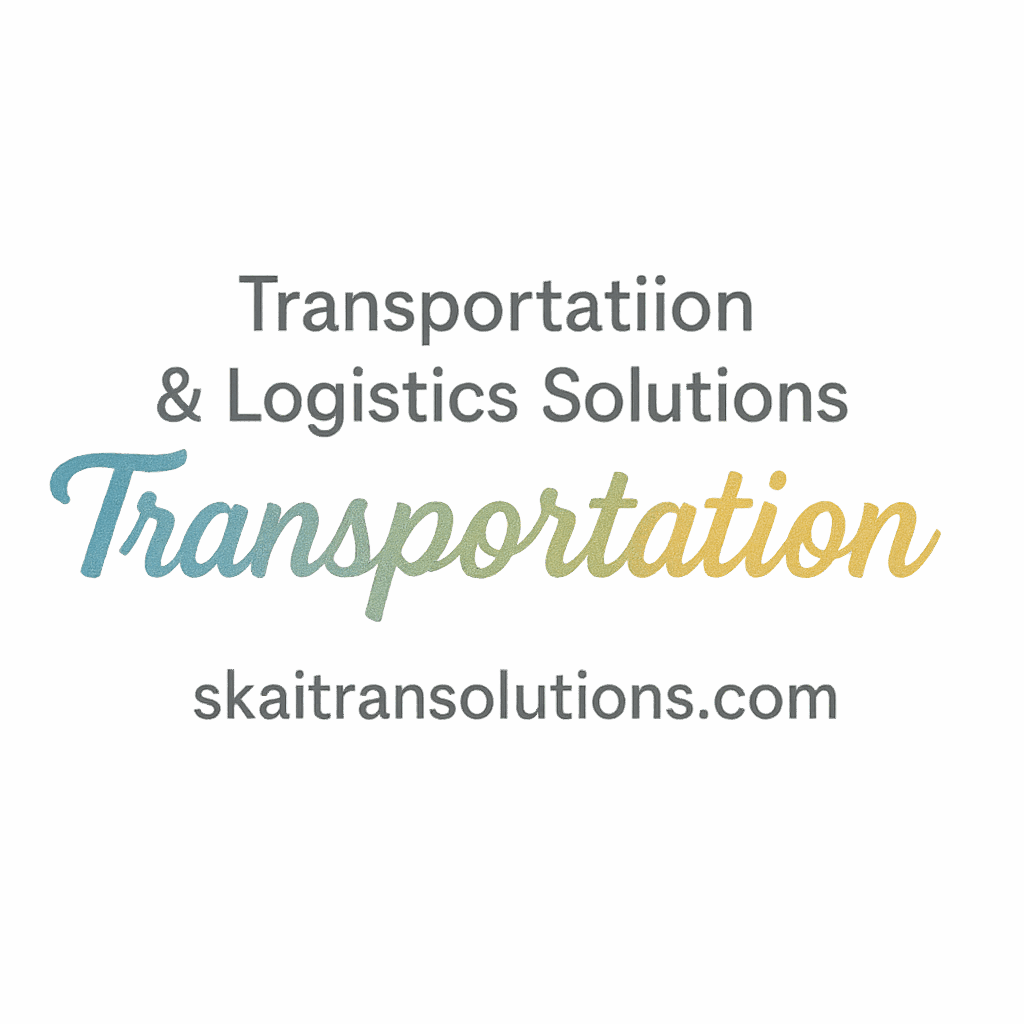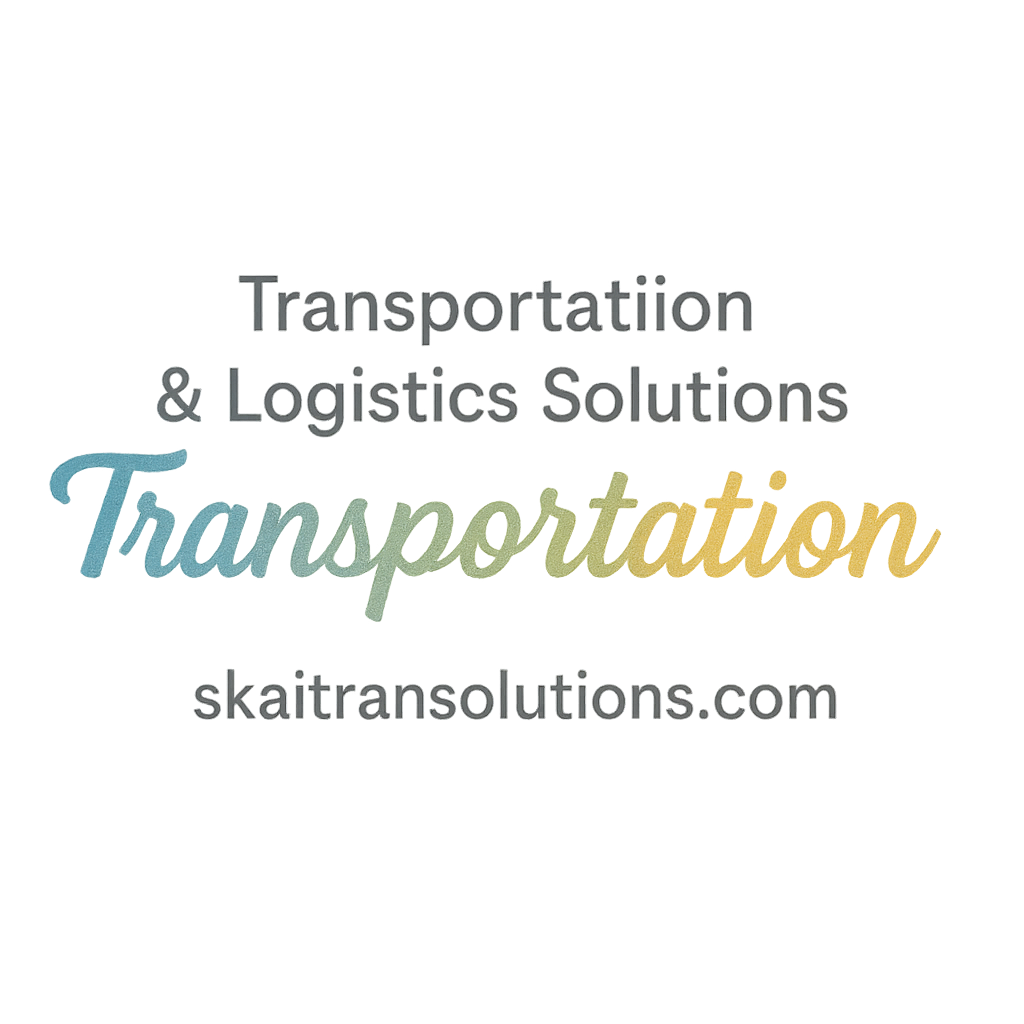Introduction
The rise of e-commerce has fundamentally transformed the retail landscape, and with it, the transportation industry. As consumers increasingly turn to online shopping, transportation providers face the growing demand to deliver products quickly and efficiently. In this article, we will explore the 5 impacts of e-commerce on transportation demand, examining how these shifts affect logistics, sustainability, technology, and the workforce. Ready to explore the changing landscape of transportation? Let’s dive in!
What is E-Commerce?
E-commerce refers to the buying and selling of goods or services over the internet. The sector has grown exponentially over the past few decades, driven by advances in technology and changing consumer habits. Companies like Amazon, Alibaba, and others have revolutionized the way we shop, making e-commerce an integral part of modern life. As a result, e-commerce has had profound effects on logistics and transportation systems that are essential to meet the growing demands of online shoppers.
Understanding Transportation Demand
Transportation demand involves the need to move goods from one place to another. With the growth of e-commerce, transportation has become more complex, requiring faster delivery times, global reach, and a focus on last-mile delivery solutions. The e-commerce boom has pushed logistics companies to innovate in order to keep up with ever-growing consumer expectations.
Traditional Transportation Demand
Before e-commerce, transportation demand was largely centered around bulk shipments to brick-and-mortar stores. Retailers would stock inventory in physical stores, and consumers would visit to purchase goods. However, with the rise of e-commerce, the focus has shifted to faster, more frequent deliveries directly to consumers’ doorsteps, putting pressure on transportation systems and driving up demand.
The Role of Supply Chain in Transportation
An efficient supply chain is key to meeting transportation demand in e-commerce. From warehouse storage to final delivery, the supply chain must be streamlined to handle increased volume and more complex logistics. Supply chain optimization is crucial for ensuring timely deliveries, managing costs, and keeping customers satisfied.
Impact #1: Increase in Delivery Volume
The most immediate impact of e-commerce on transportation demand is the sheer volume of deliveries. As more consumers shop online, transportation providers are handling larger numbers of packages, from small items like electronics to larger goods such as furniture.
Same-Day and Next-Day Deliveries
Consumer expectations for delivery speed have shifted dramatically. The demand for same-day and next-day delivery options has surged, compelling transportation companies to improve their logistics strategies. Meeting these expectations requires innovative solutions such as real-time tracking and advanced route optimization techniques.
Shift Towards Last-Mile Deliveries
The “last mile” of delivery refers to the final step of the transportation process, where goods are transported from a distribution center to the consumer’s home. This segment has become a significant focus for e-commerce logistics because it represents the most expensive and time-consuming part of the delivery process. To address these challenges, companies are investing in local fulfillment centers and using alternative delivery methods such as autonomous vehicles and drones.
Impact #2: Globalization of Demand
E-commerce has not only increased local transportation demand but has also contributed to the globalization of logistics. Consumers now expect the ability to shop globally, and e-commerce platforms are delivering goods across borders.
Cross-Border Transportation Challenges
International shipping introduces complexities such as tariffs, customs regulations, and long transit times. For e-commerce to thrive globally, cross-border transportation must become more efficient. Companies are investing in smarter logistics solutions to ensure goods can be delivered across international borders smoothly and cost-effectively.
International Logistics and Customs
Managing the movement of goods across borders involves navigating various regulations and tariffs. E-commerce companies are increasingly relying on logistics best practices to reduce delays at customs and expedite delivery times. Innovations in supply chain technology help streamline the process, allowing for quicker international shipments.
Impact #3: Environmental Considerations
E-commerce’s rapid growth has led to environmental concerns, especially regarding the increased demand for transportation. More deliveries, especially expedited ones, mean more vehicles on the road and higher carbon emissions.
Emissions and Carbon Footprint
As the transportation industry adjusts to meet e-commerce demands, the environmental impact has become a significant focus. Delivery vehicles, especially those in the last-mile segment, contribute substantially to greenhouse gas emissions. According to supply chain solutions experts, the challenge is balancing fast deliveries with environmentally responsible transportation methods.
Green Alternatives in Transportation
To address the environmental impact, many logistics companies are exploring green alternatives such as electric vehicles, sustainable packaging, and carbon offset programs. Moreover, innovations in transportation technology, including electric trucks and drones, are gradually transforming the landscape of e-commerce delivery, offering more eco-friendly solutions.

Impact #4: Technological Advancements
Technology has played a pivotal role in transforming transportation systems to meet the demands of e-commerce.
Autonomous Vehicles and Drones
The future of e-commerce transportation lies in automation. Autonomous vehicles and drones are at the forefront of transportation innovation. These technologies have the potential to reduce human labor costs, improve efficiency, and enable faster deliveries. While still in the early stages, autonomous transportation is expected to play a larger role as e-commerce continues to expand. Companies are already experimenting with these technologies to streamline deliveries.
Real-Time Tracking and Route Optimization
The need for timely deliveries has driven innovations like real-time tracking and route optimization. By using GPS and machine learning, logistics companies can optimize delivery routes, reducing delays and improving fuel efficiency. Real-time tracking also gives customers the ability to track their packages, which increases transparency and customer satisfaction.
Impact #5: Labor and Workforce Dynamics
E-commerce has also had a significant impact on the workforce in the transportation industry. The rise of online shopping has increased the demand for delivery drivers, warehouse workers, and logistics professionals.
Demand for Delivery Drivers
With the surge in home deliveries, the demand for delivery drivers has risen significantly. E-commerce companies like Amazon, UPS, and FedEx are hiring more drivers to meet the growing demand for fast deliveries. However, this has raised concerns about job conditions, including long hours and low pay for gig workers.
Impact on Freight and Logistics Workers
The shift toward e-commerce has also had an impact on freight and logistics workers. Increased pressure to meet shorter delivery windows has placed additional demands on truck drivers and other logistics personnel. As the workforce adapts to meet these demands, there is a growing need for better working conditions and support for logistics professionals.
Conclusion
E-commerce has undoubtedly transformed transportation demand, creating new challenges and opportunities for logistics companies. From increased delivery volumes and global shipping to environmental concerns and technological advancements, the impacts of e-commerce on transportation are far-reaching. As the industry continues to evolve, companies must find innovative ways to meet growing consumer expectations while addressing environmental, labor, and technological concerns. The future of transportation in e-commerce promises to be exciting, with continued advancements in sustainability, efficiency, and automation.
FAQs
- How has e-commerce changed transportation demand?
E-commerce has significantly increased the volume of deliveries, creating new challenges in speed, efficiency, and logistics complexity. To meet consumer expectations, transportation providers have had to innovate and adapt. - What are last-mile deliveries, and why are they important?
Last-mile deliveries refer to the final step of a product’s journey, from the distribution center to the customer’s home. This part of the transportation process is crucial for ensuring timely deliveries and represents the largest share of delivery costs. - How does e-commerce impact the environment?
The surge in deliveries driven by e-commerce has increased carbon emissions, particularly in the last-mile delivery segment. However, there are growing efforts to reduce environmental impact through sustainable shipping methods and electric vehicles. - What technologies are revolutionizing transportation for e-commerce?
Technologies such as autonomous vehicles, drones, real-time tracking, and route optimization are reshaping transportation in e-commerce, allowing for faster, more efficient deliveries. - How does e-commerce affect the global transportation market?
E-commerce has created a global demand for transportation services, requiring faster, more efficient cross-border logistics. Innovations in international shipping, including improved customs clearance and supply chain optimization, are helping to overcome these challenges. - What is the future of transportation in e-commerce?
The future of transportation in e-commerce will likely include more automation, such as autonomous vehicles and drones, as well as greener alternatives to reduce carbon footprints. - What impact does e-commerce have on the transportation workforce?
The rise in e-commerce has increased demand for delivery drivers and logistics workers. However, it has also raised concerns about worker conditions, wages, and job sustainability in the gig economy.


